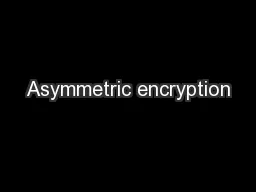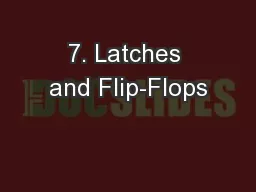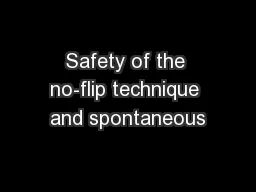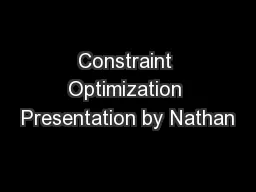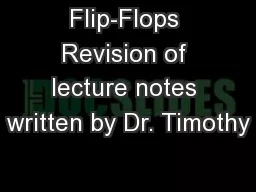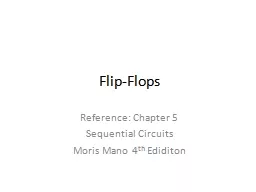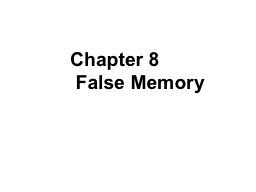PPT-CAFO: Cost Aware Flip Optimization for Asymmetric Memories
Author : trish-goza | Published Date : 2016-10-21
Rakan Maddah Seyed Mohammad Seyedzadeh and Rami Melhem Computer Science Department University of Pittsburgh HPCA 2015 Introduction DRAM and NAND Flash are
Presentation Embed Code
Download Presentation
Download Presentation The PPT/PDF document "CAFO: Cost Aware Flip Optimization for A..." is the property of its rightful owner. Permission is granted to download and print the materials on this website for personal, non-commercial use only, and to display it on your personal computer provided you do not modify the materials and that you retain all copyright notices contained in the materials. By downloading content from our website, you accept the terms of this agreement.
CAFO: Cost Aware Flip Optimization for Asymmetric Memories: Transcript
Download Rules Of Document
"CAFO: Cost Aware Flip Optimization for Asymmetric Memories"The content belongs to its owner. You may download and print it for personal use, without modification, and keep all copyright notices. By downloading, you agree to these terms.
Related Documents



